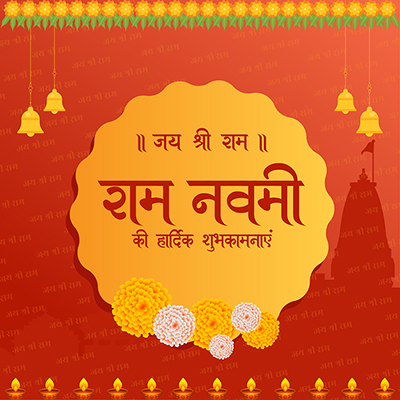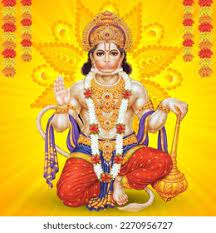Why is Omkar the best
There is a wide variety of literature on the concept of 'Omkar' in all the languages of India. The Upanishads and Yoga texts have given enlightening derivations about Omkara. Srimad Bhagavad Gita' also describes the greatness of Omkar in places. Pranava: According to the words of Sarvaveda, Omkara has the same importance as God. That is why 'Yoga Darshan' says: The oṁkāra, which signifies it, is the chanting of it, and the meditation for that purpose. That is, Omkara is the highest point of sadhana and worship done in any way and by any method.
Retreat on the transcendental path continues until the realization, vision and feeling of Omkara is attained. All worship and sadhana begins with the Saguna and Sakar Paramatma and ends in the formless God when the positional point is Omkar. Therefore, in 'Yoga Darshan', this verse is said: Om Sakshaat Brahma Etadvi Eva Aksharam Param. Anyone who knows this is the syllable of the Supreme Personality of Godhead desires whatever he desires.
For this reason, the attainment of Brahmapada by various paths of sadhana such as study of the Vedas, austerities and celibacy is described in the Kathopanishad as follows: If those who desire celibacy are engaged in celibacy, I shall now explain to you in brief the abode of the Supreme Personality of Godhead. Omkara is dateless, as it is also said in the 'Mandukyopanishad' - Om is this letter, this is all its sub-explanation. All that is past, present and future is Omkara. Whatever else transcends the three modes of material nature is the omkara. That is, not only the infinitive Omkara which does not have any inflection, word or gender.
Om cannot be divided into singular, plural, masculine, neuter or feminine and into first-second etc. So there is no disorder in it. The Gopath Brahmana contains an enlightening and fundamental description of how such a transcendental, timeless, origin, position and destruction-free Omkara was personified. He pronounced that first. The 'Gopath Brahmana' further states: Brahma composed the Rigveda and Prithviloka in the first syllable of Om, the Yajurveda and the Antariksha Loka in the second syllable, and the Samaveda in the third syllable And in Dhulok and the fourth volume, he interviewed Atharvaveda and Itihasa Purana.
Just as the first undistorted Omkara emerged from the mouth of Prajapati Brahma, the creator of the universe, similarly, the sound that emerges from the mouth of every child born is a distorted form of Omkara. Omkara has three distinct syllables: A, U, and M, and the fourth semi-syllable is undistorted. Regarding these three syllables, the Mandukya Upanishad states: The first syllable, "A," symbolizes attainment and eternity. The second syllable, "U," symbolizes exaltation and fearlessness. The third syllable, "M," symbolizes attainment and apathy. Thus, the pronunciation of the first syllable leads to the fulfillment of all desires. The pronunciation of the second syllable leads to attainment and knowledge. The third syllable, "Miti," assesses all relationships, including space, time, and objects. These are three practical results. Furthermore, the first syllable also achieves eternity. One's (the soul's) oneness with the cause of this universe (God) comes to mind. The second syllable reveals the fearlessness of nature and man. The third syllable achieves non-attainment. The ability to permeate the entire universe and yet remain untouched is achieved.
The attainment of this capability is the attainment of God. The fourth syllable of Omkar, despite being completely unexpressed, is formless, neutral, partless, eternal, infinite and is the vision of Brahmatva. This half syllable is the end of Maya and the attainment of Brahmatva. Having said this, Brahma has said in the book 'Durga Saptashati' - the fourth unexpressed half syllable is only experienced. The greatness of Omkar is not limited to Vedic religion only, but it has unique and extraordinary importance in all religions, sects and thought systems. Amen of Christianity and Amen of Muslims are the modified forms of Omkar.
Omkar is also used to express praise or appreciation. It is especially used in literature. Omkar, used for the purpose of mantra art, is very famous. However, one should not step on paper with Omkar written on it for various purposes, such as mantra art, praise art, and auspicious art. It is the duty of every practitioner to receive initiation into this form. Do not use Omkar in advertisements, donation receipts, correspondence, or shop signboards. Do not violate the sanctity of this extremely sacred Omkar by using it publicly.It is the primary duty of every human being to attain heaven and salvation by meditating on such a magnificent, divine and incomprehensible Omkar.


